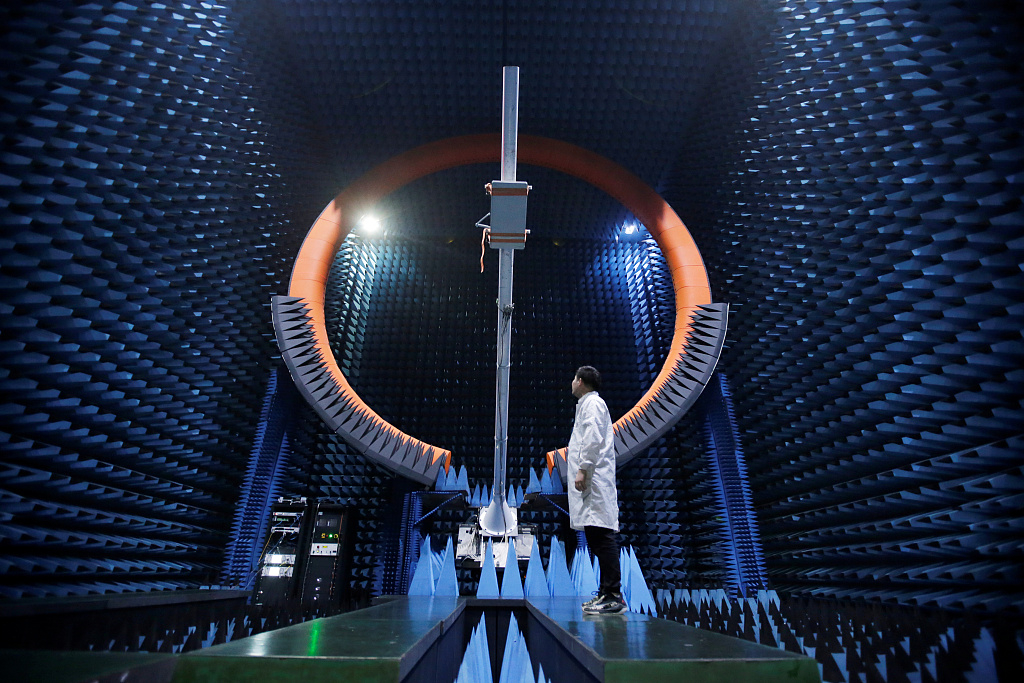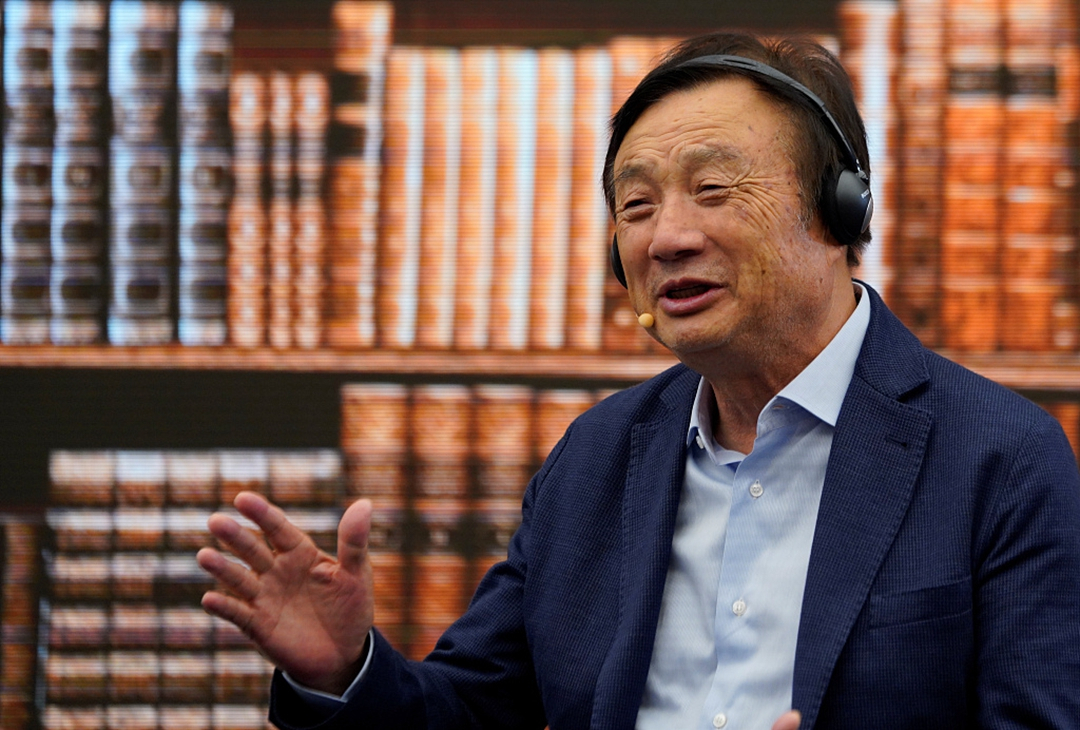
Editor's note: Azhar Azam works in a private organization as a market and business analyst and writes about geopolitical issues and regional conflicts. The article reflects the author's opinions and not necessarily the views of CGTN.
Courtesy of post-World War Two devastation and highly skilled immigrants, the U.S. became undisputed global leader in innovation. From transistors to personal computers, from the development of the internet to the evolution of the smartphone, America was the front-runner in worldwide technological transformation, Aspen Cybersecurity Group said in its recent report.
But the unrivaled U.S. technology ascendancy is now fading quickly. Due to Trump's restrictive and protectionist policies, the U.S. has mislaid its technological leadership as it is no longer a more favored destination for highly skilled and highly educated immigrants who have been the beacon of American technological advancement.
American physical infrastructure is aging and would need about 10 trillion U.S. dollars in the next decade to restore its integrity, the study further said. In the proposed budget for fiscal year 2020, the Trump administration has sliced the foundational research funding by 10 percent and applied research by 14 percent. In contrast, China has doubled its research and development (R&D) spending in the last five years and poured a record 254 billion U.S. dollars in 2017.
The findings by the non-partisan organization comprising former U.S. government officials, Capitol Hill leaders, and industry experts distinctly emphasized the notion that the U.S. has fallen way behind in the technological race with other countries, especially China.
The U.S. has reached a sort of embarrassing situation mainly as a consequence of unnecessary foreign military engagements in the aftermath of 9/11. Nonetheless, Trump has been trying to shroud U.S. failures by slighting the Chinese economic "model" for being based on "intellectual property theft, state subsidies, currency manipulation, and forced technology transfer."
But history rightly snubs the claims made by the U.S. president. The fact remains since China never had any aggressive military ambitions or expanding its hegemony across the world, it diverted all its investments and resources on poverty elimination and forthcoming future opportunities in the fields of science and technology.
Years of insistent Chinese labors paid off and China (22 percent) surpassed the U.S. (10 percent) in producing science, technology, engineering, and technology (STEM) graduates. The increased number of STEM-educated employees allowed China to rapidly excel in the area of science and technology.
By capitalizing on highly-educated employees, increased R&D spending of about 278 billion U.S. dollars in 2018, and investments on future technologies, China has transformed itself from an agrarian economy to an industrial dynamo in a very short span of time, with hi-tech manufacturing up by 11.7 percent in 2018 compared with that of the preceding year.
The U.S. now fears conceding its decades-old technological dominance to China. Nevertheless, Beijing has never claimed to pursue global dominance though it has emphatically implemented the "Made in China 2025" strategy that continue to transform its transportation, telecommunication, and communication sectors, which has yielded world-class conglomerates such as Huawei and ZTE.

An engineer stands under a base station antenna for 5G in Huawei's SG178 multi-probe spherical near-field testing system, Dongguan, China, May 30, 2019. /VCG Photo
An engineer stands under a base station antenna for 5G in Huawei's SG178 multi-probe spherical near-field testing system, Dongguan, China, May 30, 2019. /VCG Photo
As Europe, Japan, South Korea and other emerging nations have also invested heavily in modern infrastructure and India was the leading country to produce STEM graduates, targeting the Chinese hi-tech companies only shows how serious the U.S. is about perceiving China as its strategic competitor.
For Trump, it is his legitimate economic strategy to coerce Apple to manufacture its Mac Pro computers in the U.S. to rescue American jobs or direct 28 billion U.S. dollars in aid to American farmers hurt by trade war. But if China subsidizes its industry to save jobs of millions of Chinese, Trump gives lame excuse that Chinese "model" was relying on state subsidies, currency manipulation, and forced technology transfer.
It was also quite surprising to accuse China – that is gearing up to lead global innovation and future technologies – of intellectual property theft from the U.S., which now has an outmoded technology infrastructure. In fact, Trump is making all-out attempts to impede Chinese technological growth by preventing its tech companies from operating in the U.S.
But the acrimonious restrictions by U.S. on Chinese companies are not stopping their sensational growth. As Huawei and other Chinese unicorn startups are lessening their reliance on the U.S. and have started developing their own chips, Huawei founder and CEO Ren Zhengfei said that the company will soon start the production of 5G base stations free of U.S. components after initial trials in August and September.

Huawei Founder and CEO Ren Zhengfei /CGTN Photo
Huawei Founder and CEO Ren Zhengfei /CGTN Photo
So, Trump's tech war on China is backfiring as the tactic has forced Beijing and Moscow to bolster their sci-tech cooperation. During Chinese Premier Li Keqiang's visit to Kremlin last month, both sides announced upgrading their cooperation in scientific and technological innovation.
In a joint communique signed by the two sides, China and Russia agreed to scale up cooperation in a wide range of areas from technology and innovation to trade and investment. As the top diplomats from Beijing and Moscow agreed to increase compatibility and interoperability of their satellite navigational systems BeiDou and GLONASS, the two sides further agreed to better protect intellectual property.
The deliberations on protection of intellectual property points to the precedence Chinese technology has achieved. Nevertheless, China does not plan to seek any dominance or catch up to America. However, it expects the U.S. to also not gratuitously sanction its companies in an effort to clog Chinese technological advancement.
(If you want to contribute and have specific expertise, please contact us at opinions@cgtn.com.)